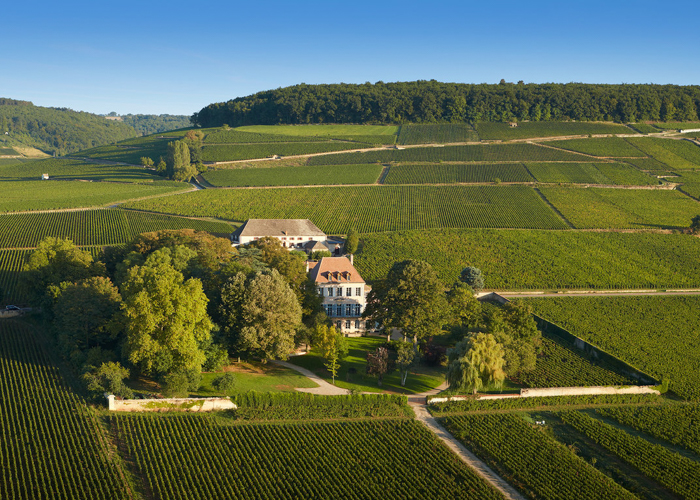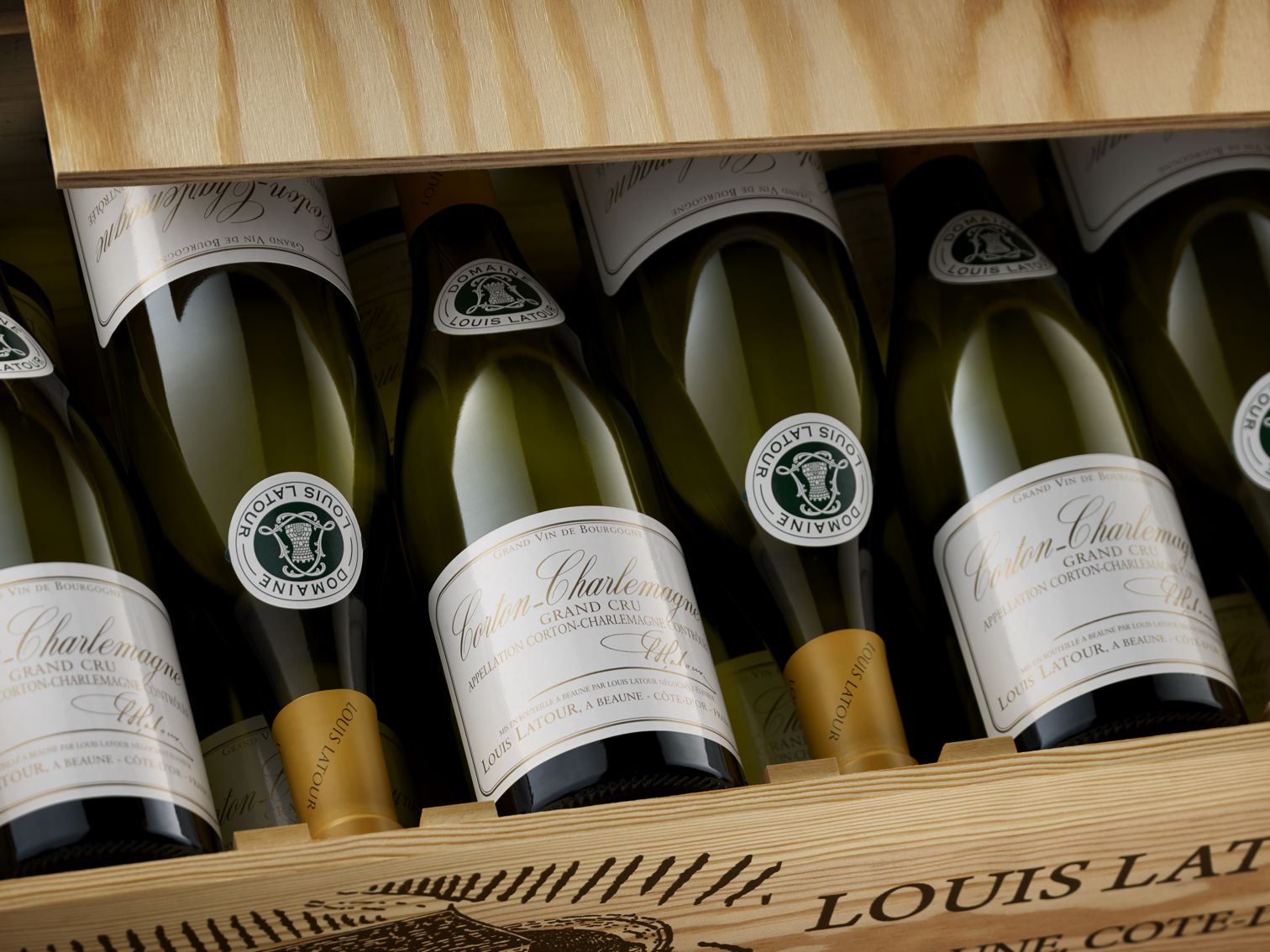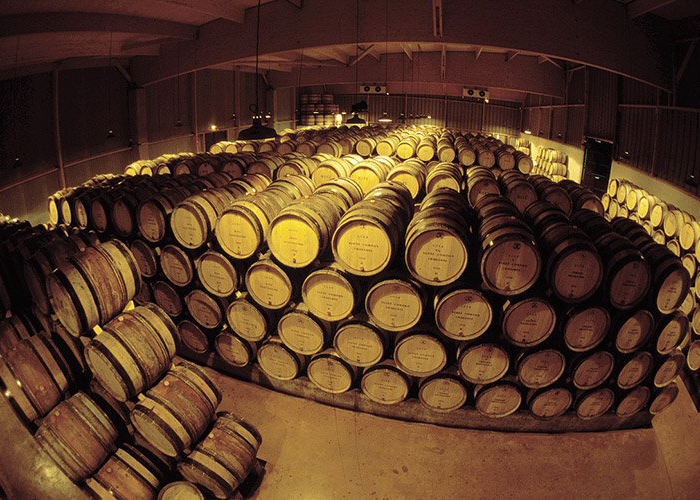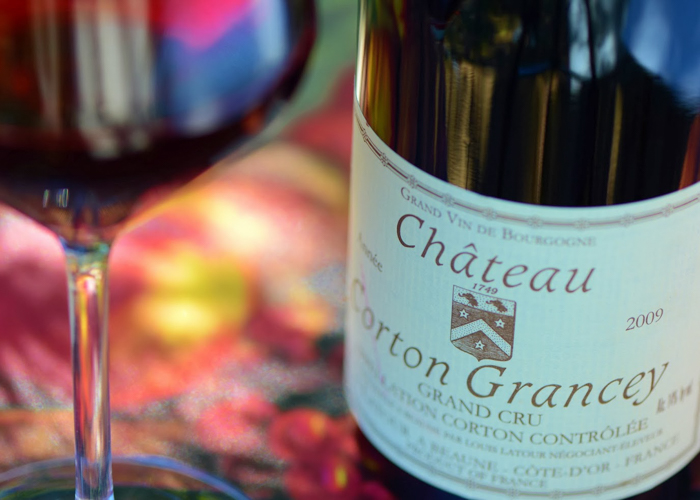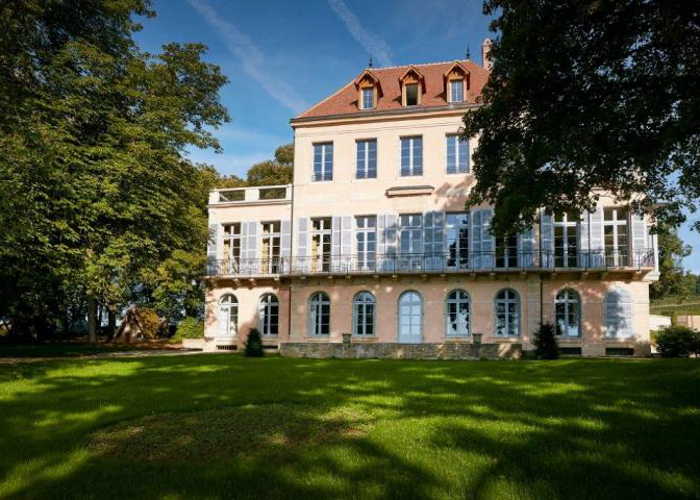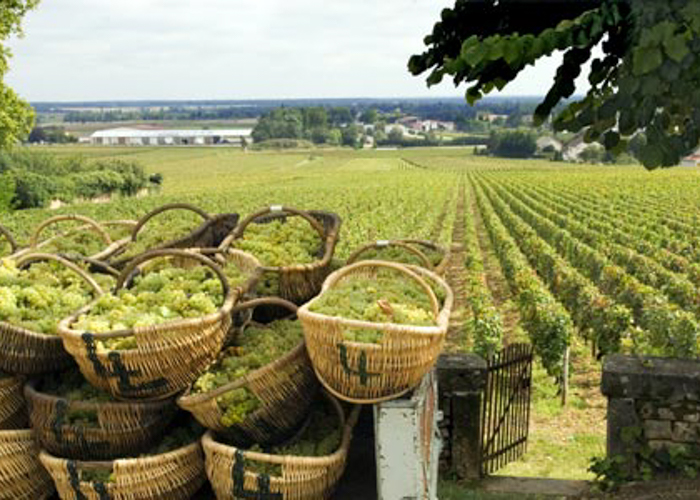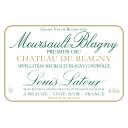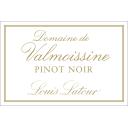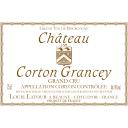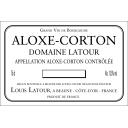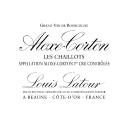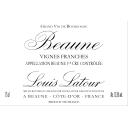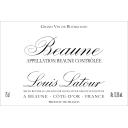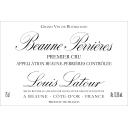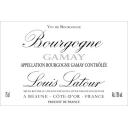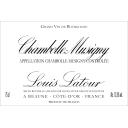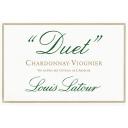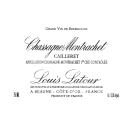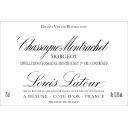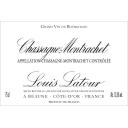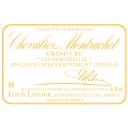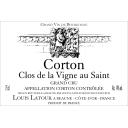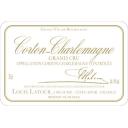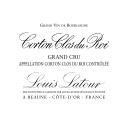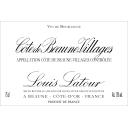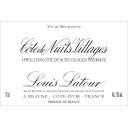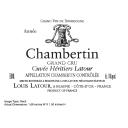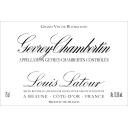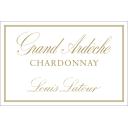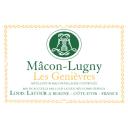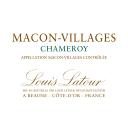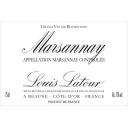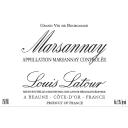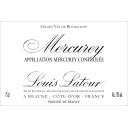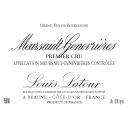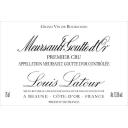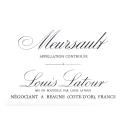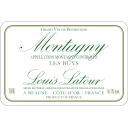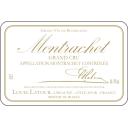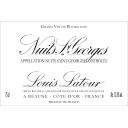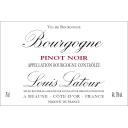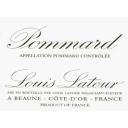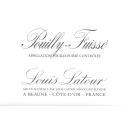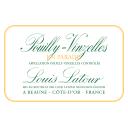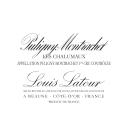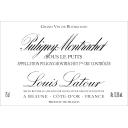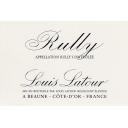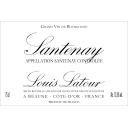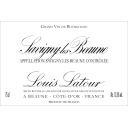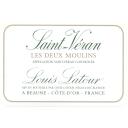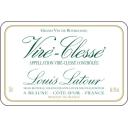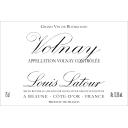Louis Latour
The Latour family founded the 'Maison de négoce', an important shipping company, in 1797, and it is still based at 18 Rue des Tonneliers in Beaune to this day. The company is unique in Burgundy in that it is still family-owned and family-run, having been passed down for 12 generations over 200 years. Maison Louis Latour ships its wines to over 180 countries worldwide. These world-class Chardonnays and Pinot Noirs can be found on the most famous dining tables around the globe.
From its original birthplace on the hill of Corton, Maison Louis Latour represents over two centuries of Burgundian tradition. Established in 1797, the Domaine has always been deeply proud of its independence and family ownership. Today, the Maison is overseen by the the 12th generation of the ancestral founders. With its 120 acres of vineyard holdings, half of which are Grand Cru, Maison Louis Latour possesses the largest holdings of Grand Cru vineyards in Burgundy. The family estate, comprised of some of the region's most exceptional vineyards, produces wines from each vintage renowned for their outstanding quality. All of the grapes from the estate vineyards are vinified and aged in the attractive vat room of Château Corton Grancey in Aloxe-Corton. The winery was the first purpose-built vatrie (winery) in France and remains the oldest still-functioning. Since 1985, Louis Latour has been selling the wines from his own vineyards under the name Domaine Louis Latour.
The family has always drawn on its experience, built up over more than 220 years, and used this insight and long term view to innovate. Early examples include the first plantings of Chardonnay in Corton-Charlemagne following Phylloxera, development of international markets in the 1860s and the championing the wines from Mâcon-Lugny since 1956. More recent innovations include the adoption of industry leading sustainable viticultural practices since the 1990s.
Production Methods: The white grapes from its Burgundy vineyards are picked as ripe as possible, crushed before pressing, allowed to start fermenting in tank without settling, then sent to barrel to finish fermenting, with no lees stirring. One hundred per cent new oak is used for the domaine wines. The red grapes are destemmed and crushed before fermentation on the skins which is relatively short, then transferred to barrels for aging. Rather less new wood is used on the reds compared to the whites, but they usually stay longer in barrel.
